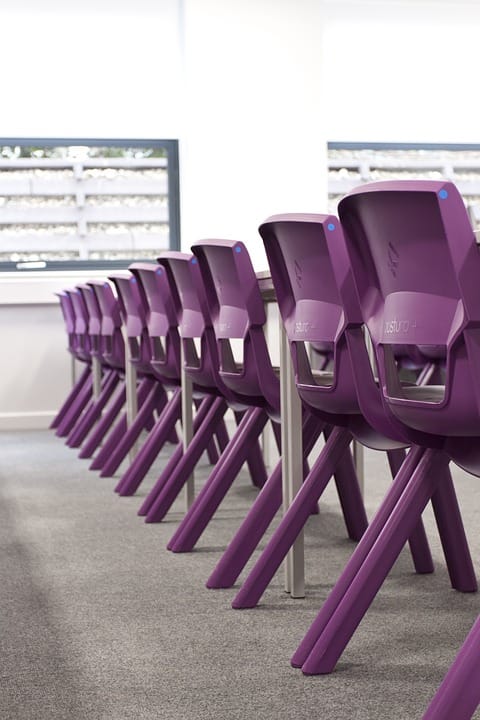STEM education is crucial in preparing students for the future, but it can sometimes be challenging to engage middle school students in these subjects. However, with the right strategies in place, teaching STEM can be both enjoyable and educational for students. In this article, we will explore various ways to make STEM fun for middle school students.
- Integrate Hands-On Activities
- Use Real-World Examples
- Incorporate Technology
- Encourage Collaboration
- Make it Relevant
- Emphasize Creativity
One of the best ways to make STEM fun for middle school students is to incorporate hands-on activities into your lessons. This allows students to engage with the material in a tangible way and can make complex concepts more accessible and exciting. Consider using experiments, building projects, or interactive simulations to bring STEM topics to life.
Another effective strategy for making STEM fun is to relate the material to real-world examples. Middle school students often struggle to see the practical applications of what they are learning, so providing concrete examples can help them understand the relevance of STEM subjects. Showcasing how STEM is used in everyday life can make the material more engaging and relatable for students.
Technology is a powerful tool for making STEM fun and engaging for middle school students. Utilize online resources, educational apps, and interactive software to supplement your lessons and provide students with hands-on learning opportunities. Virtual reality, coding programs, and online simulations can all be used to enhance the educational experience and make STEM more exciting for students.
Collaboration is key to making STEM fun for middle school students. Encouraging students to work together on projects, experiments, and problem-solving activities can foster a sense of teamwork and camaraderie that can make learning more enjoyable. Additionally, collaboration allows students to learn from each other and can help them develop important communication and critical thinking skills.
To make STEM fun for middle school students, it is important to make the material relevant to their lives and interests. Consider incorporating topics that are relatable to students, such as environmental issues, technology trends, or scientific breakthroughs. By connecting STEM to subjects that students are already interested in, you can make the material more engaging and encourage students to see the value of STEM education.
STEM education is often associated with logic and problem-solving, but creativity is also an important aspect of these subjects. Encourage middle school students to think outside the box, experiment with new ideas, and explore different solutions to problems. By emphasizing creativity in your STEM lessons, you can make the material more engaging and foster a sense of curiosity and innovation in your students.
Conclusion
Teaching STEM to middle school students can be a challenging task, but with the right strategies in place, it can also be a fun and rewarding experience. By integrating hands-on activities, using real-world examples, incorporating technology, encouraging collaboration, making the material relevant, and emphasizing creativity, you can make STEM education engaging and enjoyable for your students. By making STEM fun, you can help students develop a lifelong love of learning and prepare them for success in the future.
FAQs
Q: How can I make STEM fun for middle school students?
A: To make STEM fun for middle school students, consider integrating hands-on activities, using real-world examples, incorporating technology, encouraging collaboration, making the material relevant, and emphasizing creativity in your lessons.
Q: Why is it important to make STEM fun for students?
A: Making STEM fun for students can help them develop a love of learning, improve their critical thinking and problem-solving skills, and prepare them for future success in STEM-related fields.
Q: How can I incorporate technology into my STEM lessons?
A: You can incorporate technology into your STEM lessons by using online resources, educational apps, interactive software, virtual reality, coding programs, and online simulations to enhance the learning experience for your students.
